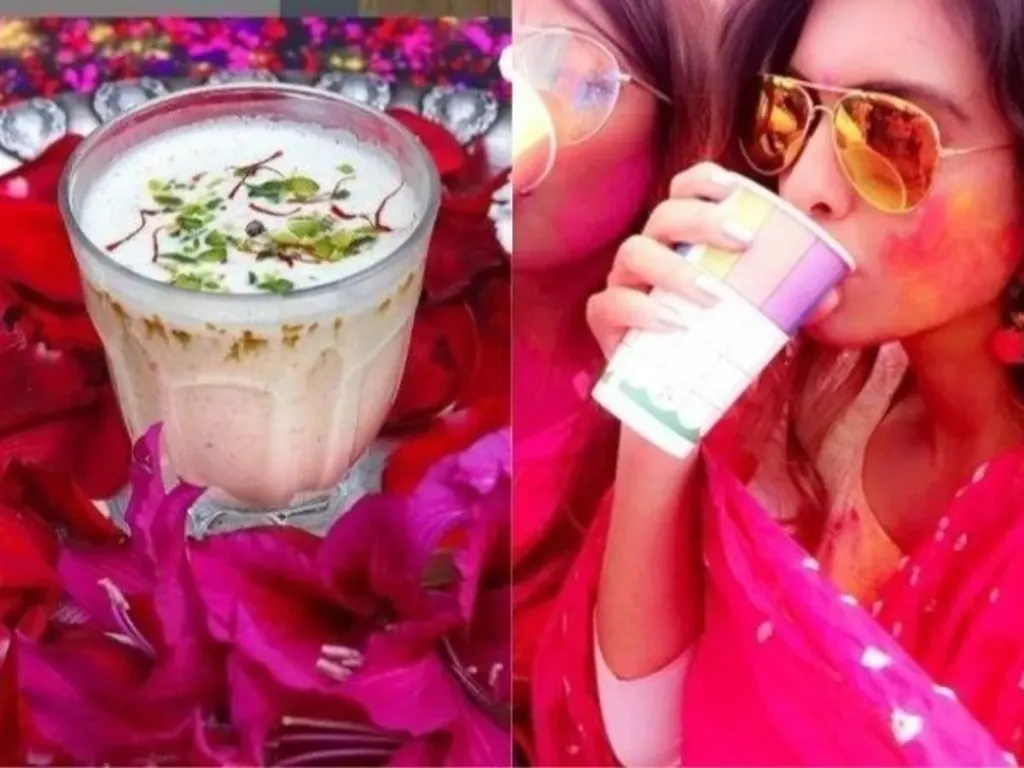Holi, the festival of colors, is not only a celebration of vibrant hues but also a time-honored tradition deeply rooted in spirituality and culture. Among the various customs associated with Holi, one of the most intriguing and iconic elements is “Bhang.” This traditional concoction has been an integral part of Holi festivities for centuries, adding an extra layer of euphoria and mystique to the celebrations. In this comprehensive guide, we delve into the rich history, cultural significance, preparation methods, and contemporary relevance of Holi Bhang.
Historical Origins and Cultural Significance:

The origins of Holi Bhang can be traced back to ancient Hindu mythology and scriptures. According to legend, Lord Shiva, the deity of destruction and transformation, consumed a potent concoction known as “Bhang” to attain a state of transcendental bliss. This act symbolized the triumph of good over evil and the renewal of life. Over time, the practice of consuming Bhang during Holi became intertwined with the festivities, symbolizing spiritual awakening, unity, and the breaking down of social barriers.
Preparation and Ingredients:

Traditional Holi Bhang is prepared using a combination of ingredients with psychoactive properties, including cannabis leaves, milk, ghee (clarified butter), spices, and sweeteners. The process involves grinding the cannabis leaves into a paste, which is then mixed with milk, ghee, and a blend of aromatic spices such as cardamom, cinnamon, and nutmeg. Sweeteners like sugar or honey are added to balance the flavors and enhance the overall experience.
Spiritual and Therapeutic Effects:
In Hindu mythology, Bhang is often associated with spiritual enlightenment and divine intoxication. It is believed to facilitate a deeper connection with the divine and heighten one’s awareness of the self and the universe. Additionally, Bhang is revered for its therapeutic properties and is used in Ayurvedic medicine to alleviate various ailments, including pain, inflammation, and anxiety. When consumed in moderation and with reverence, Holi Bhang is thought to induce feelings of euphoria, relaxation, and creativity, fostering a sense of joy and camaraderie among participants.
Cultural Traditions and Rituals:
The consumption of Bhang during Holi is accompanied by a rich tapestry of cultural traditions and rituals. In many parts of India, especially in North India, Bhang is served in the form of “Thandai,” a refreshing milk-based beverage infused with the potent concoction. Revelers gather in groups to partake in the festivities, sharing laughter, music, and dance as they embrace the spirit of Holi. It is a time for community bonding, forgiveness, and letting go of inhibitions as people immerse themselves in the colors and collective euphoria of the occasion.
Contemporary Perspectives and Social Acceptance:
In recent years, Holi Bhang has garnered increased attention and interest, both within India and abroad. While its consumption remains deeply rooted in tradition and spirituality, it has also sparked debates and discussions regarding its legal status, cultural relevance, and social acceptance. In India, the legal framework surrounding cannabis and its derivatives is complex, with varying regulations across different states. However, the cultural significance of Holi Bhang continues to endure, with many communities embracing it as an integral part of their heritage and identity.
Conclusion:
Holi Bhang stands as a testament to the enduring legacy of Holi, blending spirituality, culture, and tradition into a singularly unique experience. As we celebrate this joyous festival of colors, let us not forget the profound symbolism and significance of Bhang, which transcends mere revelry to encompass a deeper understanding of life, unity, and the eternal cycle of creation and transformation. Whether consumed for spiritual enlightenment, therapeutic relief, or sheer enjoyment, Holi Bhang remains a cherished tradition that embodies the essence of Holi and the spirit of togetherness.
